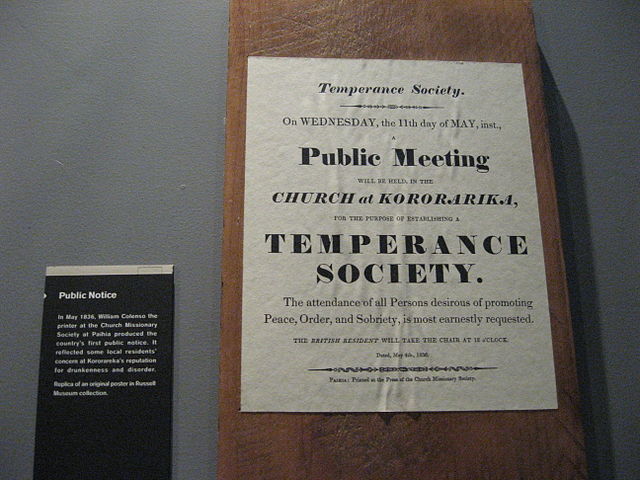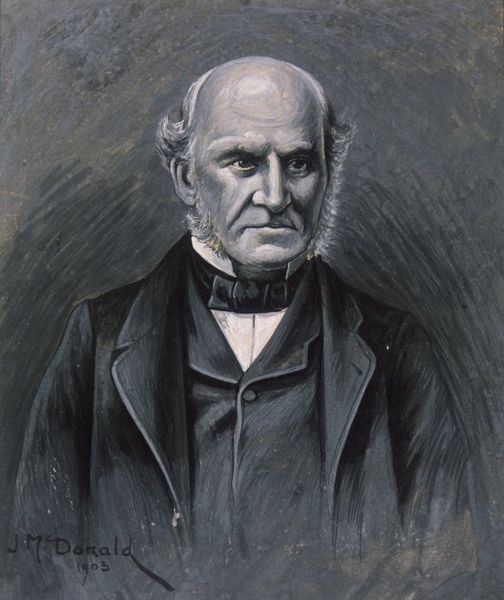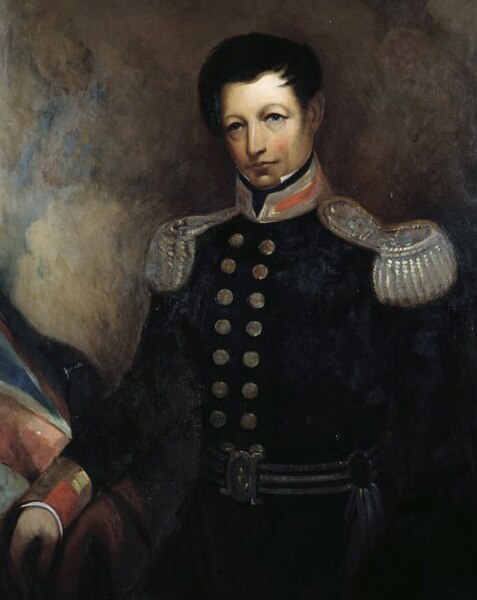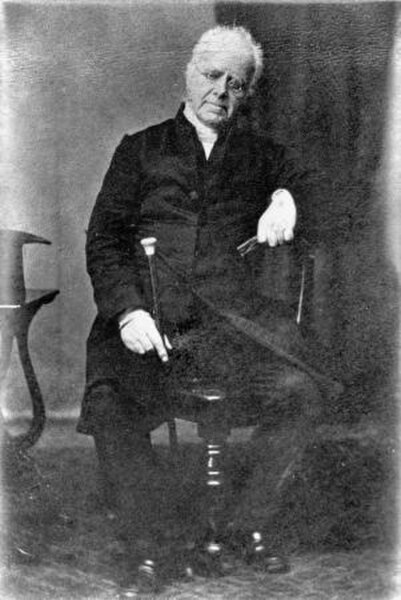William Colenso FRS was a Cornish Christian missionary to New Zealand, and also a printer, botanist, explorer and politician. He attended the signing of the Treaty of Waitangi and later wrote an account of the events at Waitangi.
The first public notice in New Zealand, printed by Colenso's press
A plaque in Paihia commemorating Colenso
A press at ‘Haven of History’, a reconstruction of the Church Missionary Society mission station in Paihia, with a press in the style of Colenso's.
The Treaty of Waitangi, sometimes referred to as Te Tiriti, is a document of central importance to the history of New Zealand, its constitution, and its national mythos. It has played a major role in the treatment of the Māori people in New Zealand by successive governments and the wider population, something that has been especially prominent from the late 20th century. The treaty document is an agreement, not a treaty as recognised in international law, and has no independent legal status, being legally effective only to the extent it is recognised in various statutes. It was first signed on 6 February 1840 by Captain William Hobson as consul for the British Crown and by Māori chiefs from the North Island of New Zealand.
The Waitangi Sheet of the Treaty of Waitangi
James Busby, British Resident in New Zealand. He drafted a document known as the Declaration of the Independence of New Zealand.
Captain William Hobson
Rev Henry Williams, who translated the treaty into Māori with the help of his son Edward Marsh Williams.







